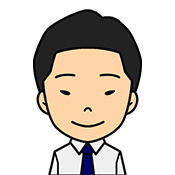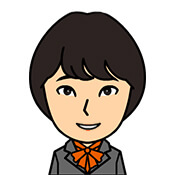
Korean has honorific expressions.
This is spoken when you respect the other person.
Honorifics are especially used in business situations and are very important.
The honorific expressions.
When are honorific expressions used?
In Korea, people speak respectfully to those who are older or in a higher social position.
In Korean, “-시” is used to express respect.
난 집에 갑니다.
respect
↓↓↓
아버지는 집에 가십니다.
By using honorifics, you show respect for the other party.
How to use “-시”.
The honorific -시 is used with the stem of a verb or adjective.
Vst + -(으)시
사다 + -시 = 사시다
보다 + -시 = 보시다
바쁘다 + -시 = 바쁘시다
일하다 + -시 = 일하시다
받다 + -시 = 받으시다
닫다 + -시 = 닫으시다
앍다 + -시 = 읽으시다
좋다 + -시 = 좋으시다
만들다 + -시 = 만드시다
살다 + -시 = 사시다
알다 + -시 = 아시다
묻다 + -시 = 물으시다
춥다 + -시 = 추우시다
※Vst = stem of verbs or adjectives.
The stem of a word without a patchum is marked with -시.

Are you going to Daegu for Chuseok?
(가다)

What do you buy at Costco?
(사다)

The team leader is very busy right now.
(바쁘다)
If the word stem has a patchum, add -으시.

Do you have time?
(있다)

Please make sure to close the lid after use.
(닫다)

Why don’t you take a medical checkup?
(받다)
As you have probably already noticed, the imperative -세요 is also one of these expressions of respect.
Cases of irregular changes.
ㅂpatchum

Is it really that cold?
(춥다)
The ㅂ patchum will be 우, so add -시 to it.
Part of ㄷpatchum

Please ask me anything you care to know.
(묻다)
The ㄷ changes to ㄹ and the -으시 is added to it.
ㄹpatchum

What will you be cooking for dinner?
(만들다)
The ㄹ patchum drops out and the -시 enters there.
Incidentally, the original form of the prohibited sentence -지 마세요 is “-지 말다”, which is the pattern for ㄹ.
Master the honorific expressions.
When a noun is used with the respectful “-시”.
Nouns are always accompanied by -이다, but their usage changes depending on whether they have a patchum or not.
Nouns with patchum.

This is the chairman of Hoksung Electronics.

That person is my new private tutor.
When there are patches, use -이세요/이십니다, etc.
Nouns without patchum.

Mr. Mingyong’s father is a pharmacist.

Where does Dr. Kim live?
For nouns without patches, the -이 is omitted and becomes -세요/십니다.
What happens when it comes to modifiers?
When used as a modifier, -시 is changed to -신 or -시는.

Who is this cool person?

Can I help you find something?
The basic rule is that a noun comes after a modifier.
And 것 (거) is a dependent noun, used in combination with a modifier.
There is also a vocabulary of respectful words from the beginning.
Respectful vocabulary is not only expressed using -시.

Please taste it.

Is there no one at home?
드시다 and 계시다 are respectful vocabulary.
Let’s learn these along with 시.
You should practice speaking slowly until you get used to it.

